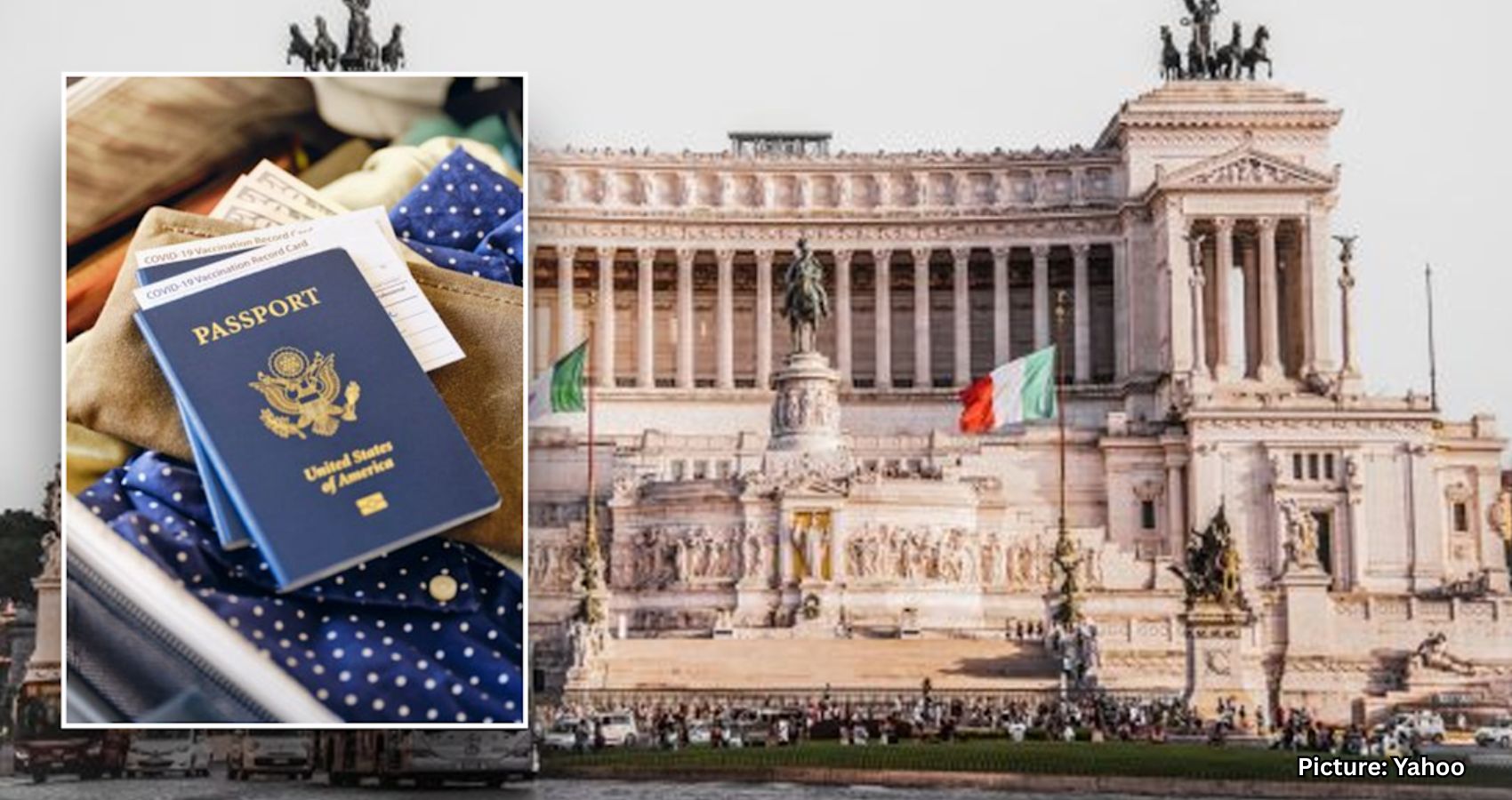Over the past month, the U.S. State Department has revised several travel advisories affecting American citizens planning trips abroad. While some countries saw minimal adjustments, others—particularly India, Cuba, and the Dominican Republic—were subject to more specific and cautionary guidance, reflecting evolving global and regional developments under the current Trump administration.
Among the unchanged but updated countries is Switzerland, which retained its Level 1 travel rating—the safest classification on the State Department’s four-tier advisory scale. Minor changes were added for 2025, but no significant increase in risk was noted.
In contrast, the advisory levels for Cuba and the Dominican Republic were both raised, drawing distinct attention. The Dominican Republic, for instance, received a Level 2 rating accompanied by a more explicit warning about violent crime, despite the government’s efforts to enhance police presence in popular tourist areas. According to the June 18 advisory update, “Violent crime is a concern in the Dominican Republic despite more police presence in areas often visited by tourists.” The advisory also emphasized, “Do not display wealth and be wary of meeting individuals from online in secluded locations.”
India, another country that has drawn increased scrutiny, was also moved to a Level 2 rating as of June 16. This classification, labeled “exercise increased caution,” is the same level currently designated for several prominent European nations, including France and Italy. The Level 4 category, by contrast, is reserved for countries either actively at war or those without diplomatic ties to the United States.
The updated U.S. guidance for India flagged specific regions that American travelers should entirely avoid, particularly those areas where ongoing political or military tensions pose heightened risks. Among these is the northern region of Jammu and Kashmir, as well as the area along the eastern border with Pakistan. These warnings follow a series of hostile engagements between Indian and Pakistani forces, including a missile strike by India in early May on the Pakistani-controlled side of Kashmir. That military response was triggered by an April 22 attack that left 25 tourists dead in Indian-administered territory.
“Exercise increased caution in India due to crime and terrorism,” the updated advisory for India states. “Some areas have increased risk. Rape is one of the fastest-growing crimes in India. Violent crimes, including sexual assault, happen at tourist sites and other locations.”
Beyond the well-known conflict zones, other regions within India, such as Maharashtra and Telangana, have also been flagged for caution. These areas have occasionally experienced attacks targeting the Indian government, attributed to extremist factions operating in the country.
Further additions to the advisory include warnings related to the Indian government’s strict enforcement of immigration laws, especially for travelers entering the country from nearby nations such as Nepal and Pakistan—countries with which India has had tense relations. The U.S. State Department cautions that failing to comply with India’s entry requirements could have serious consequences.
“Violations of Indian immigration laws are taken very seriously,” the travel guidance warns. “India may imprison, fine, or deny entry to travelers without valid documents or the correct type of visa.”
Interestingly, this firm approach to immigration enforcement is mirrored in travel advisories issued by other countries about the United States itself. The Trump administration’s focus on restricting immigration and enforcing border regulations has led multiple foreign governments to issue their own stern warnings to citizens intending to visit the U.S.
Germany, for example, issued a notice through its Foreign Ministry in March 2025 outlining the legal risks associated with travel to the U.S. “A criminal conviction in the United States, false information regarding the purpose of stay, or even a slight overstay of the visa upon entry or exit can lead to arrest, detention, and deportation upon entry or exit,” the German advisory cautioned.
Similarly, the Canadian government has taken steps to inform its citizens about potential complications at U.S. borders. “Individual border agents often have significant discretion in making those determinations,” reads the Canadian government’s latest guidance. “U.S. authorities strictly enforce entry requirements. Expect scrutiny at ports of entry, including of electronic devices.”
These global travel advisory exchanges underscore a rising trend: countries are not only warning their citizens about conflict zones or crime in far-flung areas, but they are also providing detailed information about legal risks associated with immigration policy enforcement, even in countries historically considered safe travel destinations.
For the U.S., this more detailed advisory framework aims to help travelers make informed decisions about where they are going and what precautions they should take. Whether the risks are related to crime, terrorism, or complex immigration policies, the updated advisories reflect an increasingly interconnected world where political tensions, security issues, and border regulations all play a role in shaping how and where people move.
In the case of India, the U.S. has signaled that while much of the country remains relatively safe for travelers exercising basic precautions, certain regions are fraught with danger due to ongoing conflict and criminal activity. The explicit mention of sexual violence, including rape, as a growing problem reflects the serious safety concerns that have been the subject of international attention in recent years.
Similarly, the Dominican Republic’s inclusion of warnings about displaying wealth or meeting unknown persons in secluded areas shows a responsiveness to patterns of criminal activity that may target tourists. These changes demonstrate how travel advisories are now offering more than just general safety tips—they are responding to specific events, local dynamics, and broader geopolitical shifts.
As the Trump administration continues to reshape aspects of U.S. foreign policy and immigration enforcement, it’s likely that both American advisories about other countries and foreign warnings about travel to the U.S. will keep evolving. For travelers, this means paying close attention to official notices before booking a flight—not only to understand the risks abroad, but also to navigate changing border requirements and legal expectations at home and overseas.

